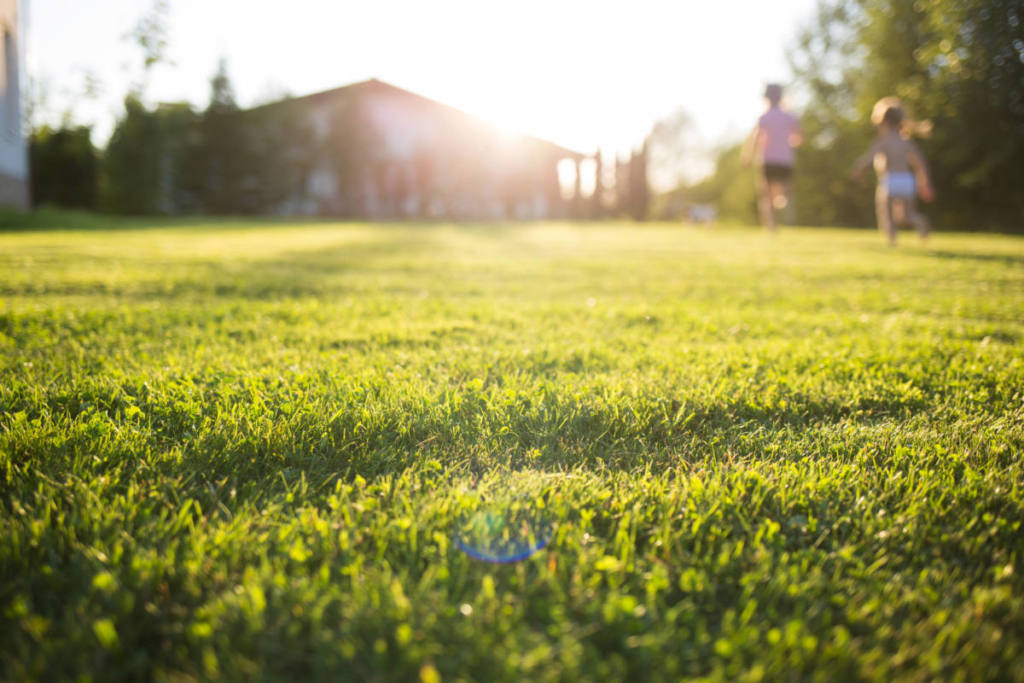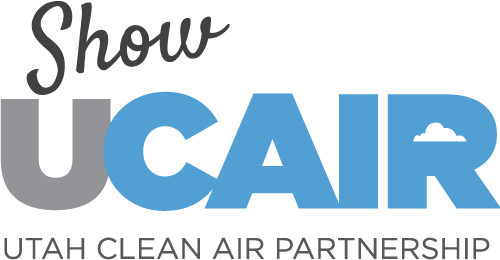Heading into the warmer months also means heading into the ozone season in Utah. Ground level ozone is just as harmful as winter inversion, even though you may not hear about it as often. Much like winter inversion in Utah, reducing ozone will improve our health and our environment. The best way to do that is by learning what it is first.

What is Ground-Level Ozone
Ground-level ozone is secondary pollution that forms just above the Earth’s surface. While it is less concentrated than stratospheric ozone, it still has negative effects on human welfare. It is called “secondary pollution” because it is produced when sunlight hits pollutants made by cars, refineries, chemical plants and other sources rather than occurring naturally in the Earth’s upper atmosphere. Because sunlight is more prevalent during the summer months, summer has more ozone-alert days.
What are the effects of Ozone
Ozone can be harmful to human health and the environment. Exposure can cause respiratory issues, including shortness of breath and pain when breathing, coughing, inflamed and damaged airways, an increase in asthma attacks and more. Experts have likened ozone’s effect on our airways to getting a sunburn on your lungs. Children are at the most risk because of their developing lungs and frequent activity outdoors, but it can still affect healthy adults when spending time outdoors.
Similar to its impact on humans, ozone also makes it hard for plants, wildlife and ecosystems. Plants, trees and vegetation have a slower growth rate due to a reduction in photosynthesis. Because every plant is part of the ecosystem, the broader impact can lead to more significant damage than just plants. The quality of habitats will decrease due to wildlife leaving for healthier living areas.

How to reduce ground ozone
There are plenty of actions you can take to reduce air pollution and protect your health. If you’re not sure where to start, try these three tips to reduce ozone.
- TravelWise. Instead of driving to work or activities, opt for public transportation, carpooling or walking/biking. If you must drive, try using trip chaining to limit your drive time.
- Buy non-toxic cleaning materials. Many cleaning products contain chemicals that can add to ozone. Use low-VOC cleaning products, and seal and store them so they can’t evaporate and add pollutants to the air.
- Cut down on your energy use. Fossil-burning power plants are a large contributor to ground-level ozone. Reducing the amount of energy you’re using will help you do your part and reduce the emissions in the air.
How to stay safe
Exposure to ozone during the summertime can be hard for anyone, especially those who have asthma or respiratory problems. To keep you and your family safe during the summer, follow these guidelines.
- Try staying indoors on air quality action days. Even if you’re healthy, you should limit your outdoor activities as much as possible when the forecast is moderate. Plan activities over the next few days by checking air quality, so you don’t have to run errands on a poor air quality day.
- Stay hydrated and breathe properly. Your lungs work best when you’re hydrated, so dehydration can make your lungs feel worse. Staying hydrated is easy and important, even when the air quality is good. Make sure you’re also breathing through your nose, not your mouth. The nose filters the air and brings it to the appropriate level of humidity for your body. If you breathe through your mouth, the air you breathe won’t be filtered.
- Avoid peak ozone times. Because of the chemistry that happens throughout the hot summer days, ozone tends to be at its highest levels during the afternoon and early evening. Plan your activities or travel during the morning or late evening, and if possible, move your activities indoors.
For more information and to check air quality in Utah, visit https://air.utah.gov/.

